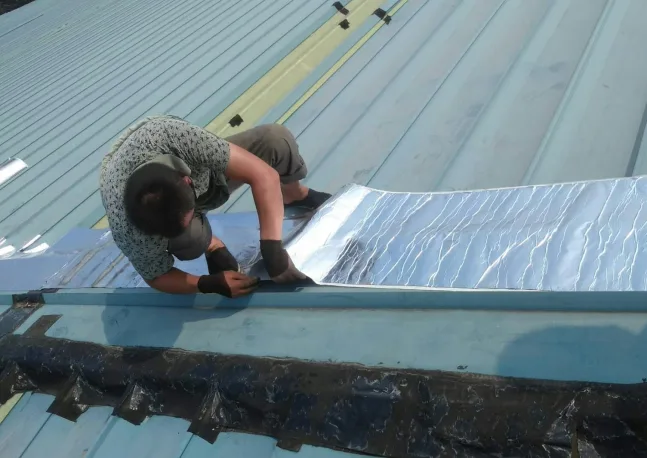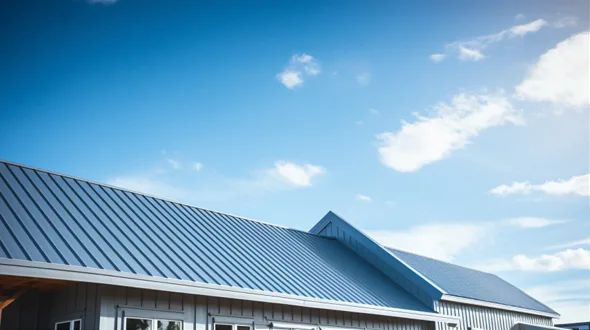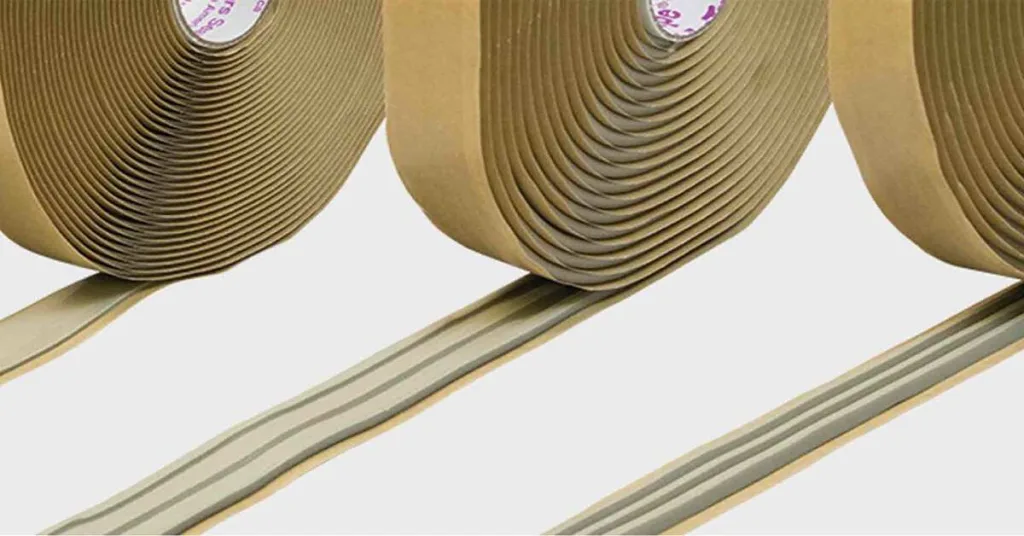Did you know improper HVAC sealing can lead to a 30% efficiency loss in your system? That’s a fact from the U.S. Department of Energy that showcases why choosing the right tape is crucial for efficient HVAC operations. In this guide, we explore the different types of HVAC tapes, their applications, and what makes them perfect for various tasks. Whether you’re a seasoned contractor or a homeowner looking to improve your system’s efficiency, understanding these essentials can help you make informed choices.
Factors to Consider When Choosing an HVAC Tape
When selecting HVAC tape, several factors must be considered to ensure proper performance and compliance.
Application Environment
Temperature fluctuations, exposure to moisture, and air pressure variations can significantly impact tape performance. Tapes with materials like foil and specialty polymers can adapt to these changes, maintaining effectiveness in diverse environments. Consider tapes with acrylic adhesives if your system is subject to wide temperature ranges, as they offer superior resilience and durability.
High Conformability
Tapes that can stretch and conform to varied shapes without losing their adhesion are crucial. High conformability ensures that the tape maintains full contact with surfaces, which reduces the risk of air leakage. Opt for tapes that are labeled as highly conformable for applications that involve a lot of curves or irregular shapes.
Adhesion
A tape’s ability to bond effectively over time is essential for ensuring long-term performance. Durable adhesive compositions such as those based on butyl or acrylic bonds can withstand challenging conditions, ensuring your system remains airtight regardless of environmental stress.
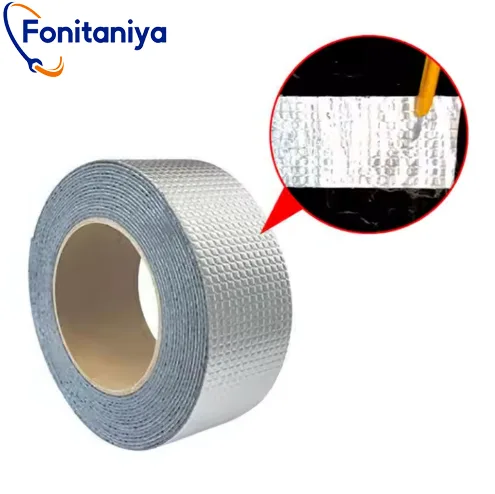
Building Codes
Safety and efficiency are top priorities, which is why compliance with building codes is non-negotiable. Many regulations require HVAC systems to use tapes meeting UL standards, like UL 181A-P for rigid duct applications and UL 181B-FX for flexible duct settings. These standards ensure that tapes provide a reliable seal and withstand the environment’s operational demands.
Rigid Ducts
For rigid ducts, the UL 181A-P listing is essential. These tapes provide effective sealing on fiberglass duct boards, which is critical to prevent air leakage. They must withstand significant temperature fluctuations, ensuring efficiency remains intact over the lifetime of the installation.
Class 1 Flexible Ducts
When dealing with flexible ducts, adhering to UL 181B-FX standards is vital. This ensures that the tape provides an airtight seal capable of handling the pliability and movement of flexible air ducts. Using UL 181B-FX listed tapes helps maintain the integrity of ductwork over time and prevents energy losses typically associated with unsecured joints.
Related article: A complete guide to HVAC tape.
Can I Use Any Foil HVAC Tape on Plenum?
When dealing with a plenum, not just any foil tape will suffice. UL Listed foil tape is a must.
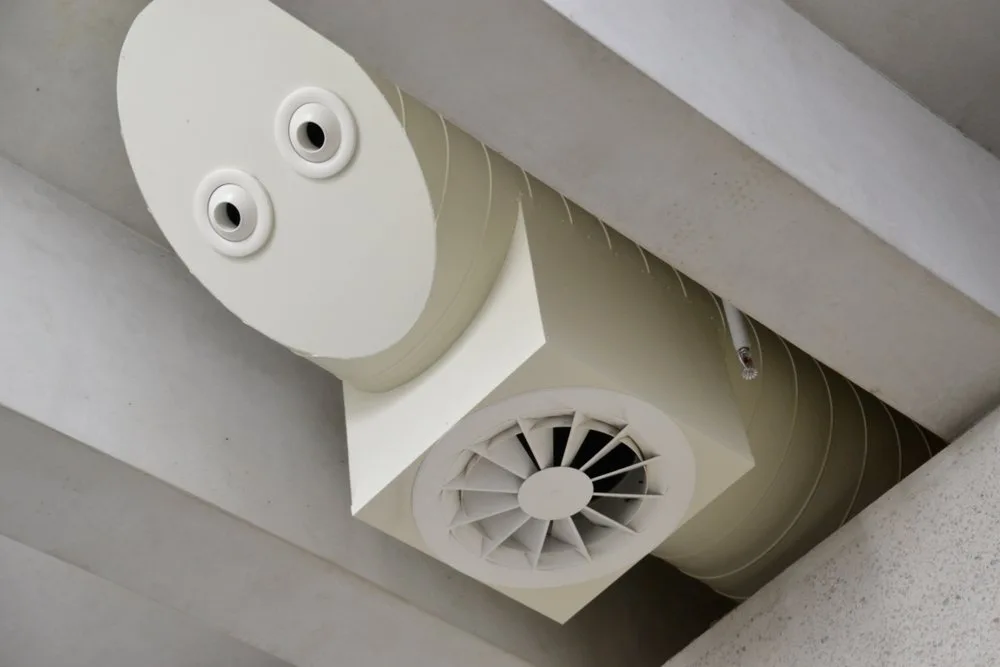
The plenum, typically constructed of sheet metal, is an integral part of the HVAC system. It channels treated air to the ductwork, making choosing the appropriate tape essential for maintaining airflow and system efficiency.
Two types of UL Listed foil tapes exist: UL 181A-P/B-FX and UL 181B-FX. The former can be used with rigid fiberglass duct boards, flexible ducts, and sheet metal, while the latter is suited for flexible ducts and sheet metal only.
Acrylic adhesives are common in UL 181A-P/B-FX tapes, offering excellent temperature range performance. On the other hand, UL 181B-FX often uses butyl rubber adhesive, known for its heavy-duty bonding, akin to mastic applications without the mess.
What is the Difference Between Line Set Tape and Other HVAC Tapes?
Line set tape, unlike other HVAC tapes, primarily offers protection and insulation for refrigerant lines. Its main function is to prevent condensation and damage from UV exposure, ensuring optimum thermal efficiency. It differs from foil or duct tape, which focuses on sealing and mitigating air leakage.
When Should I Use a Film Tape Over a Foil Tape in HVAC Applications?
Foil Tape
Foil tape is your go-to for high-heat scenarios or where reflective insulation is needed. It provides a strong layer of durability and can manage various temperature extremes effortlessly.
Film Tape
Film tape shines where flexibility and lightweight materials are essential. Ideal for areas requiring frequent conformability and less concern about heat, it’s perfect for use in less demanding sections of the system.
The primary distinction lies in their reflective capacities and temperature tolerances; foil excels in those, while film tape offers versatile, lightweight solutions.
Related article: HVAC tape’s role in compliance and efficiency.
5 Tapes Every HVAC Contractor Needs in their Toolbox
Duct Tape
Duct tape is indispensable for general repairs and low-pressure sealing situations. Known for its versatility and ease of use, it’s a go-to for numerous patch-up tasks and handy in almost any situation that requires a quick fix.
Foil Tape
Foil tape is ideal for sealing areas exposed to high temperatures, such as around ductwork near furnaces. Its excellent adhesion to metal surfaces and resistance to high heat makes it essential for situations demanding durability and thermal resilience.
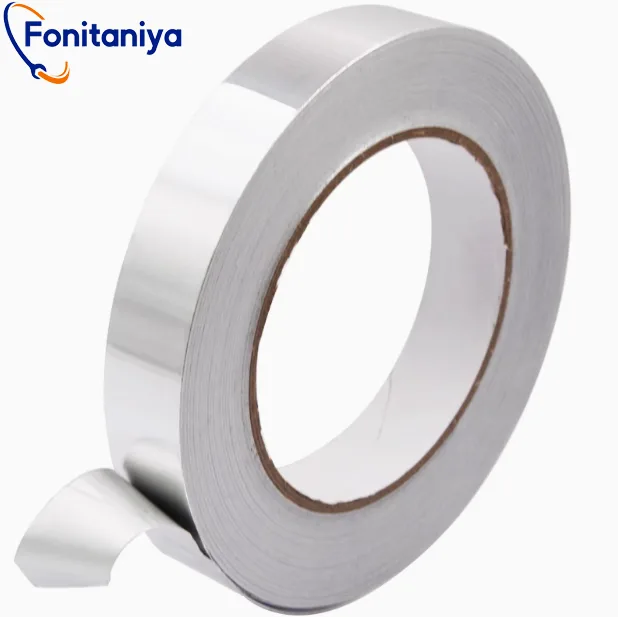
Film Tape
Perfect for tasks requiring flexibility and lightweight application, film tape adheres well to irregular surfaces. It’s particularly useful for non-structural repairs where a lighter tape that contours easily to shapes is needed.
Electrical Tape
Electrical tape is crucial for insulating wires within HVAC systems, protecting against electrical shorts and ensuring safe electrical connections. Its importance in maintaining the electrical integrity of HVAC setups cannot be overstated.
Masking Tape
Essential for quick fixes and as a protective measure during painting or duct cleaning, masking tape prevents unwanted contact and seals off areas from dust or paint. Its temporary nature makes it perfect for short-term protective tasks.
Conclusion
In conclusion, selecting the correct HVAC tape is vital for system efficiency and efficacy. Understanding factors like application environment, and UL compliance, can greatly impact your choice. Fonitaniy Tape, with over 15 years in adhesive solutions, continually innovates to provide top-performing HVAC tapes tailored to a variety of needs.
FAQs
What is HVAC tape made of?
Typically, HVAC tapes include materials like aluminum foil or film and specialized adhesives.
Which tape is best for high temperature?
Foil tapes, known for their high-temperature resistance, are best suited for such conditions.
How do I know if the tape is UL compliant?
Check the packaging or labeling for UL compliance details.
Can you use regular duct tape on HVAC systems?
Regular duct tape is often insufficient for critical sealing tasks, especially where code compliance is necessary.

